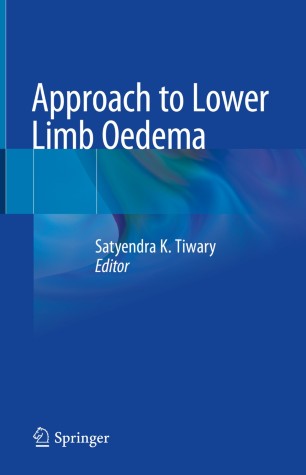
Approach to Lower Limb Oedema is a book edited by Satyendra K. Tiwary covers all aspects of lower limb oedema including aetiology, pathophysiology, clinical approach, investigations, differential diagnosis and management. It presents all the medical and surgical aspects of lower limb oedema in a well-illustrated manner for better understanding. It covers the lower limb oedema of different origins separately to highlight the different spectrums in their presentation and management. Separate chapters include special conditions like pregnancy, trauma and vascular malformations.
The book augments the learning and knowledge for lower limb oedema management by illustrating all aspects of it. It suggests proceeding with every possible aetiology with a better understanding of pathophysiology and adequate designated investigations. It also includes clinical guidelines that help to solve the diagnostic dilemma in lower limb oedema management with infused points to reach a consensus in each and every possible cause. The book includes recent scientific literature and accepted guidelines adopted from the publications during the last ten years to provide latest knowledge in the field.
The approaches discussed in the book with specific importance to clinical workup and meticulous investigation protocols will help the surgeons, physicians, primary care workers as well as surgical resident trainees to reach the correct diagnosis and proper management.
Table of contents of Approach to Lower Limb Oedema:
Introduction of Lower Limb Edema
Anatomy of Lower Limb
Physiological Basis of Lower Limb Edema
Aetiopathogenesis in Lower Limb Oedema
Clinical Examination in Lower Limb Edema
Investigations of Lower Limb Edema
Differential Diagnosis of Lower Extremity Oedema
Complications of Lower Limb Edema
Chronic Lower Limb Edema
DEEP Vein Thrombosis
Chronic Venous Insufficiency
Compression Stockings
Imaging Assessment of Lower Limb Swelling
Genetic Association in Lower Limb Swelling
Vascular Malformations and Edema
Infection Control in Lower Limb Oedema
Dermatological Manifestations in Lower Limb Swelling
Overview of Management in Lower Limb Edema
Pregnancy and Lower Limb Swelling
Lymphedema
Lipedema
Posttraumatic Lower Limb Edema
Quality of Life in Lower Limb Lymphoedema Patients












